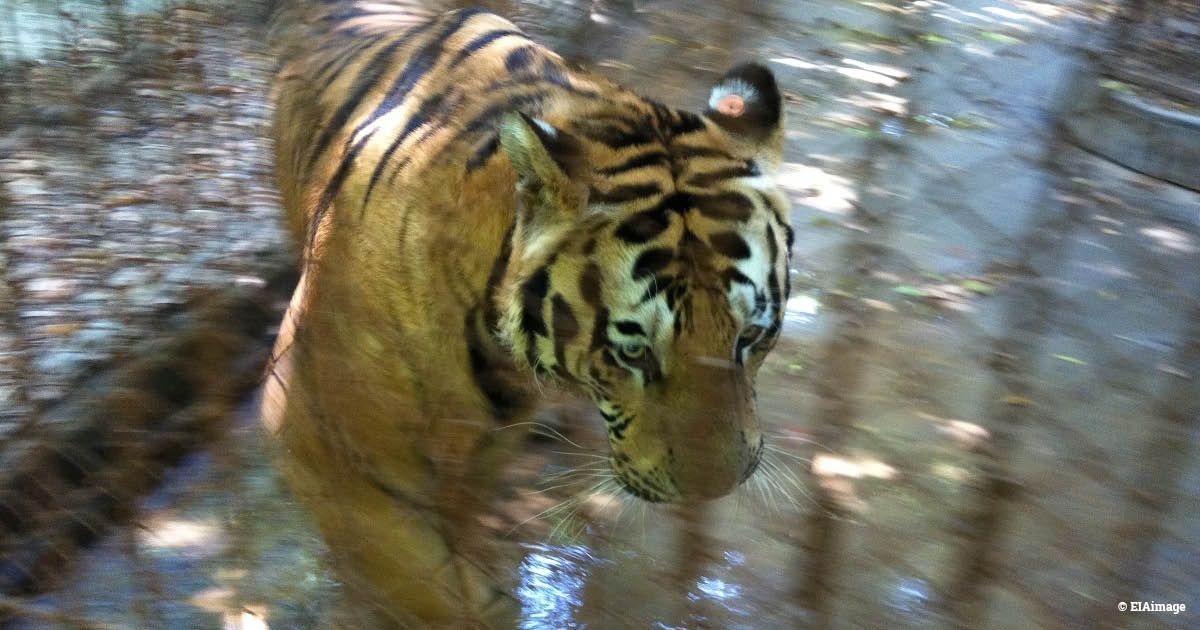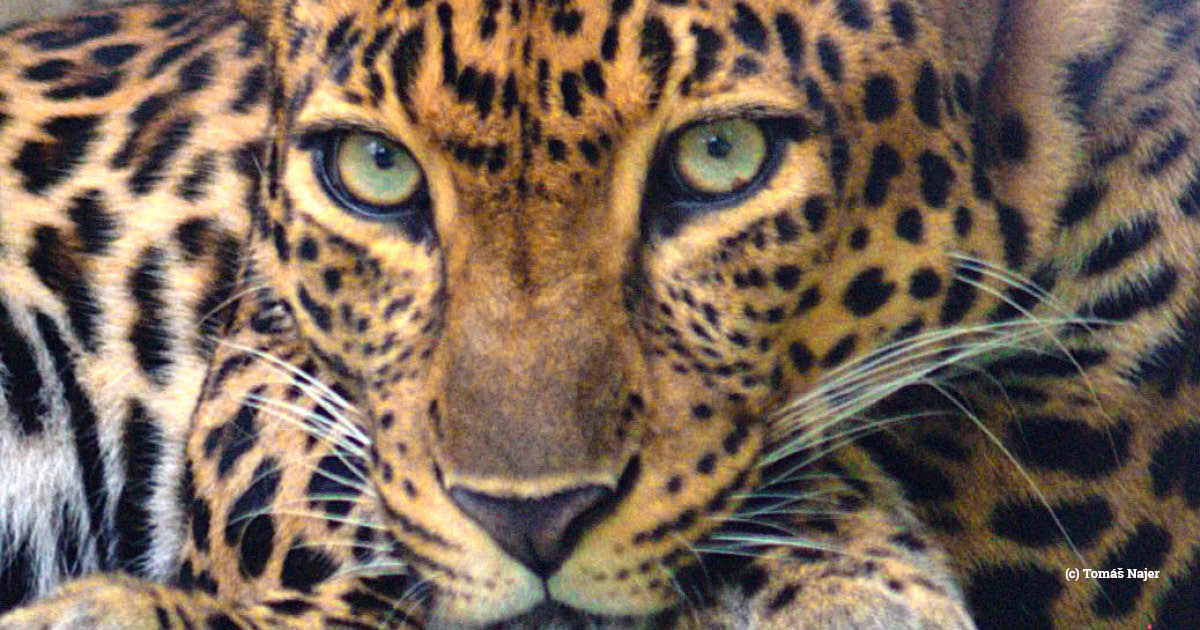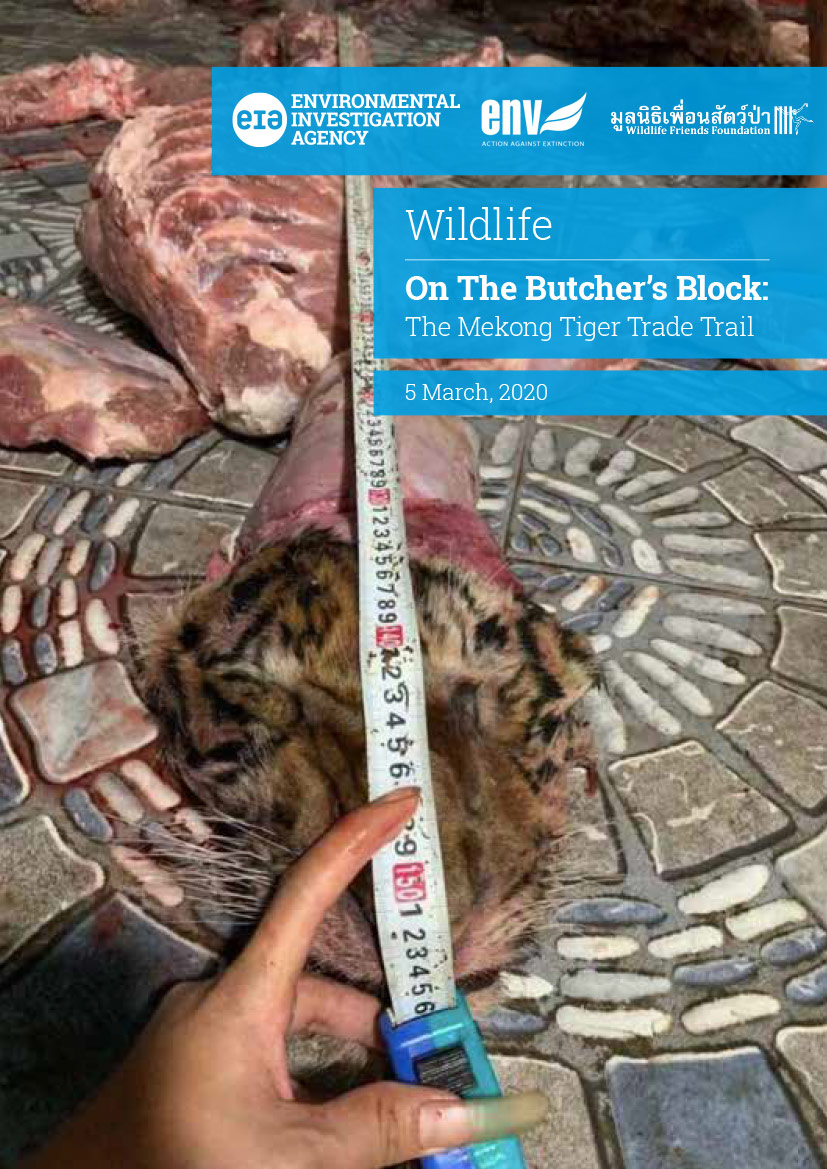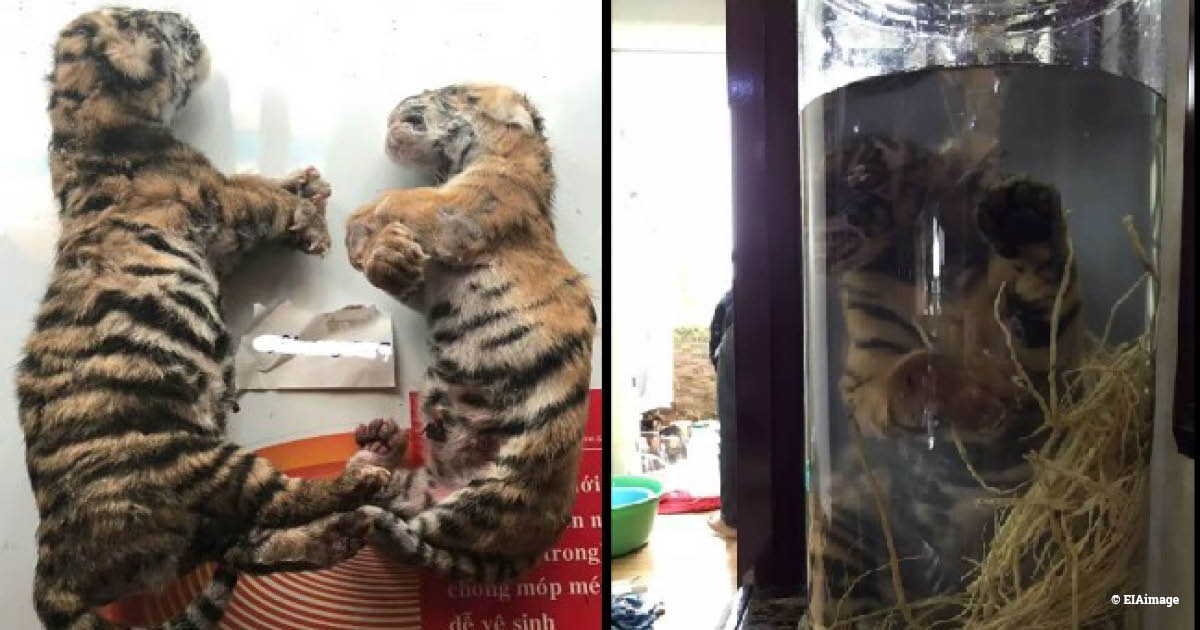
China’s aim to be a wildlife conservation leader undermined by its exploitation of endangered species
To use or not to use? That’s the question when it comes to wildlife protection policies.




To use or not to use? That’s the question when it comes to wildlife protection policies.

1 February marks the beginning of the Lunar New Year and, in the Chinese zodiac, the dawning of another Year of the Tiger

On the 17th December, the Daily Mail ran a story with gruesome images depicting tiger killing and trade at a captive tiger facility, reportedly sourced from a whistleblower at the Qinhuangdao Wildlife Rescue Centre in Hebei Province of China. According to the story, the whistleblower had shared the pictures and information with one of China’s leading independent national non-government organisations who circulated it on social media.

We have seen some significant changes in China’s wildlife trade policy - what major concerns remain and what might happen next?

There is no escaping the fact that countries from which wild tigers have been wiped out or virtually wiped out in recent years – Cambodia, Laos, Vietnam and China – are countries where the tiger has been valued solely for the sum of its body parts.

Despite more than five years of non-compliance proceedings, there has been virtually no progress in Laos in relation to its pledge to phase out tiger farms - it's now time for CITES trade sanctions